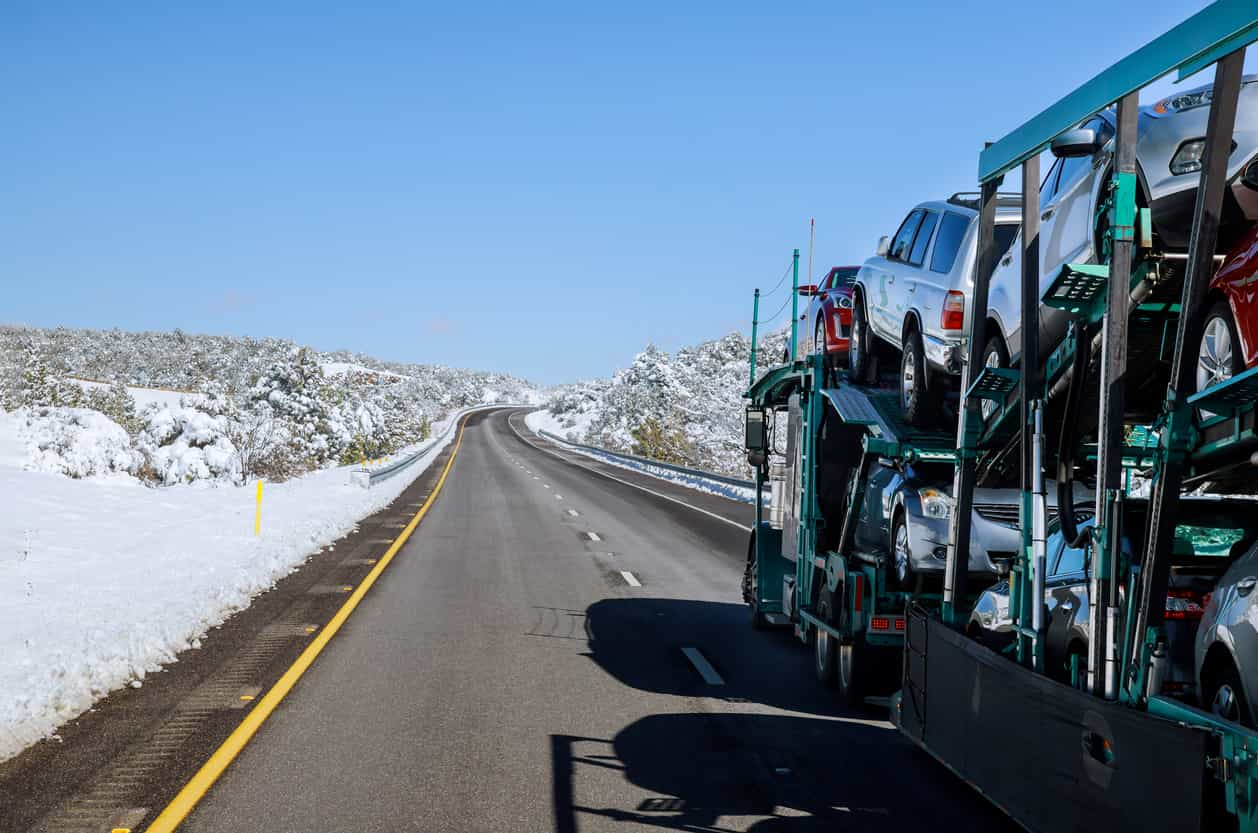Understanding Car Shipping Insurance
Car shipping insurance, although often overlooked, is a crucial component of the vehicle transportation process. It’s an agreement between the owner and the shipping company that provides financial coverage if your car suffers damage during transit. However, the complexities of this policy often leave vehicle owners scratching their heads, seeking clarity.
How It Works
With car shipping insurance, the auto transport company assumes responsibility for any damage to your vehicle during the transit period. This coverage is different from your regular auto insurance, which typically doesn’t cover your car while it’s being transported.
Policy Coverage and Limitations
Every car shipping insurance policy comes with its stipulations. Generally, they cover damages resulting from accidents, theft, vandalism, and natural disasters. However, personal belongings left inside the car, pre-existing damages, and minor dents or scratches are typically not covered.
Knowing the State Regulations
Each state in the U.S. has different rules regarding car shipping insurance. For example, California requires transporters to carry a minimum coverage of $350,000, whereas Texas sets the bar at $500,000. Familiarize yourself with your state’s laws to ensure that the transporter’s insurance meets the required minimums.
Determining the Right Insurance Value for Your Vehicle
Insurance value refers to the maximum amount you can claim in case of total loss. For shipping luxury, vintage, or custom cars, you may need to consider additional insurance to cover their higher value.
Selecting a Trustworthy Transporter
Not all shipping companies are created equal. Ensure your chosen transporter is licensed, bonded, and insured. Remember, a legitimate company will readily provide you with its insurance certificate upon request.
Filing a Claim: Step-by-Step Guide
In the unfortunate event of damages, knowing how to file a claim is vital. This involves inspecting your vehicle both before and after shipping, documenting damages, and promptly submitting the claim to the transporter’s insurance company.
Extra Coverage: A Safety Net Worth Having
Depending on the value of your vehicle and your comfort level with risk, you may consider purchasing supplemental insurance. This coverage fills the gaps left by the transporter’s policy and ensures complete protection for your prized possession.
Conclusion
Car shipping insurance is more than a checkbox to tick off your list; it’s a critical line of defense for your vehicle. Knowing how it works, what it covers, the state-specific regulations, and how to navigate the claim process can save you from considerable stress and financial strain.
FAQ
1. Should I remove my personal belongings from the car before shipping?
Yes, most shipping insurance policies do not cover personal items left inside the vehicle. It’s best to remove them before shipping.
2. What is the typical cost of car shipping insurance?
The cost varies depending on factors like the car’s value, shipping distance, and the insurance policy’s specific terms. It’s best to get a quote from the shipping company.





